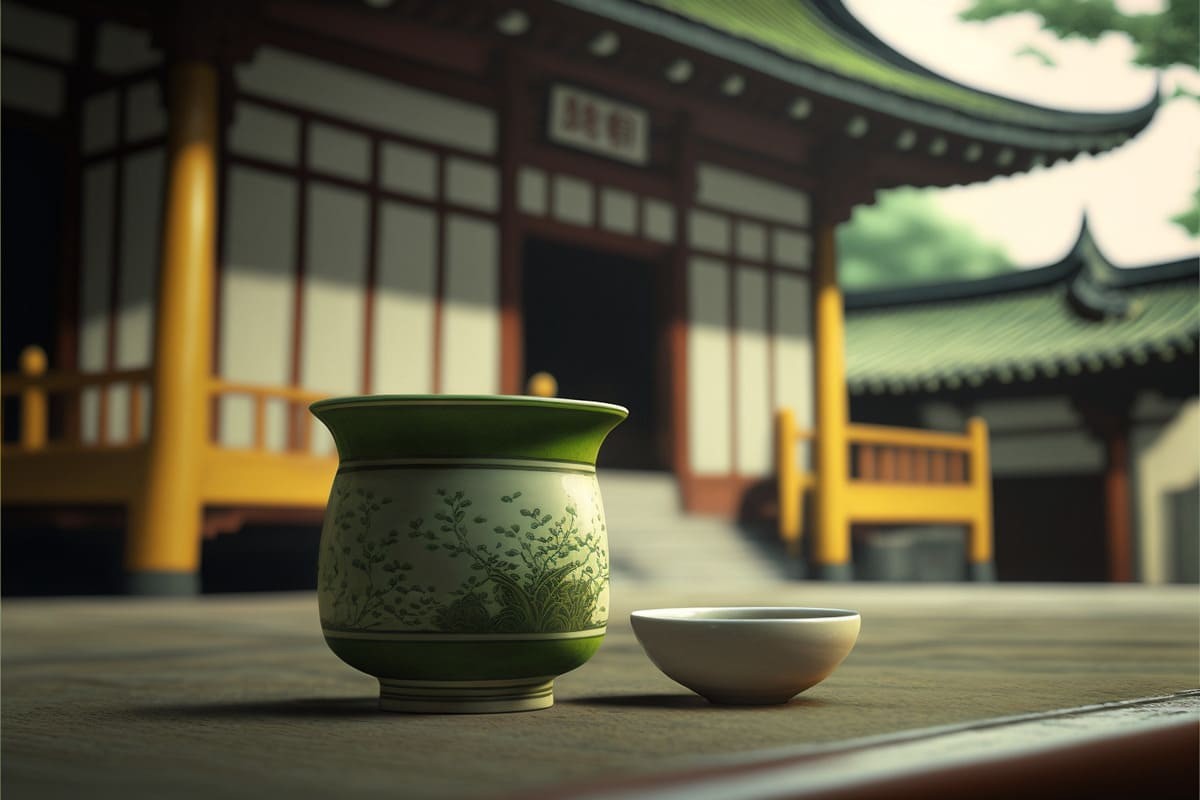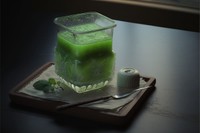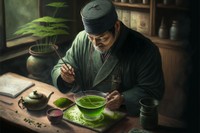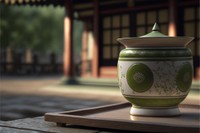What is matcha ?
As determined by the Japan Tea Central Public Interest Incorporated Association, the genuine meaning of matcha tea is known as "a Japanese green tea where the tea leaves have been grown beneath covers, dried, and then finely ground into a powder utilizing a tea mill". Unfortunately, this definition of matcha tea is only acknowledged in Japan and has not been internationally accepted by the ISO. Japan is the only country with its own quality control and is the only place where real matcha tea is regulated and given its correct name. In other countries, any type of powdered green tea can be used and it can be referred to as "matcha tea".

Table of content
So, what is matcha ?
Matcha is a traditional Japanese tea that is made by taking the green tea leaves of the Camellia Sinensis plant and finely grinding them into a powder. This powder is then mixed with hot water and whipped up with a bamboo whisk called a chasen in Japanese. Nowadays, matcha has become a popular ingredient in confectionery, ice cream, and other foods. In addition to its delicious taste, matcha is also known for its many health benefits.
Definition of matcha
Matcha tea, a traditional green tea native to Japan, is defined by the Japan Tea Central Public Interest Incorporated Association as tea leaves that have been grown in the shade, dried, and then ground into a fine powder using a tea mill. Although the Japanese have their own quality control and regulation over the name of the tea, the definition of matcha tea is still not recognized worldwide by the ISO. That being said, other countries are free to use any powdered green tea and label it as "matcha tea".
How is matcha tea made?
The raw material of matcha tea is the tea leaves, known as "Tencha" in Japanese, which are carefully protected just before plucking by a black cloth for around twenty days.
This process is essential, as it gives the tea its unique green color—the plant must produce a large quantity of chlorophyll to survive without light. Furthermore, this step also results in a much stronger, yet subtly rich and flavorful taste, known as "Umami" (the 5th flavor). After the leaves are freshly picked, sometimes even manually, they are steamed for a few seconds and then immediately dried using a mild air temperature and a soft wind breeze, without rolling. They are then referred to as "Aracha tencha" leaves, which are coarsely chopped and sorted to remove all impurities (stems and veins) leaving only the sweet and tasty part of the leaves, now called "Shitate tencha".
Finally, they are ground according to Japanese tradition with a stone grinder, thus transforming the green tea into matcha tea.
What does matcha tea taste like?
Matcha has a delicious and savory umami-filled flavor of green tea, and it's virtually free of any bitterness. It's smooth, and has the slightest hint of sweetness. For a more freshly cut herbal taste there are hints of floral notes, and for a richer flavor, there are sweet notes of white chocolate and pistachio that come through.
Who consumes matcha?
Traditionally, matcha tea has been consumed in Japan during special tea ceremonies. Nowadays, however, there are many cafés that specialize in matcha tea, and they can be found all over the globe!
Where does matcha grow?
Matcha tea is a type of green tea which is mostly grown in Japan, but it is also grown in China, South Korea, Taiwan, and Vietnam. This special type of green tea has been enjoyed in Japan for centuries, and it is renowned for its unique flavor and numerous health benefits.
How is matcha tea made?
The leaves of the tea plant are carefully protected for about twenty days prior to harvesting, by being covered with a black cloth. After they have been plucked, the fresh, young leaves are steamed, then dried as they are, before being chopped and sorted and ground using a stone grinder - this is the process that transforms the green tea into matcha.




